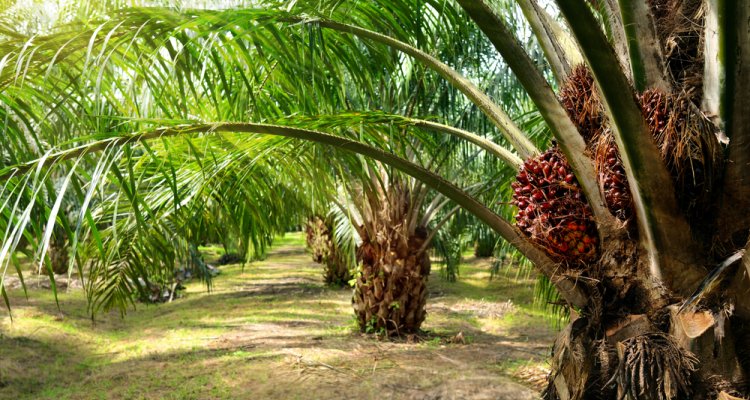
Project
PalmStarch
The goal of the project is to develop the knowledge and technology to extract starch and residual glucose from oil palm trunksin a mobile factory. And to test the use of starch and glucose for food applications and non-food applications including veneerglue, feed for insects and starch plastics.
Oil palm trunks are released at the replanting stage some 20 to 30 years after planting when yields go down. Currently, thetrunks are mostly chopped and left in the field to serve as mulch. Previous research has established that trunks generallycontain 2 up to 6 ton of starch per hectare, which is concentrated in the top part of the trunk. The use of this starch andglucose will avoid the need to grow a crop to produce this feedstock thereby land can be spared and indirectly deforestationcan be avoided. For the 4 largest palm producing countries the long term yearly potential starch production is estimated to be4.5 million tons of starch per year – what part of this potential can be brought to market? We estimate that 2/3 of that starchis concentrated in the top (1/3 of the trunk length) of a trunk at replanting.
The 3-year project will focus on assessing the production chain set-up which will be centred on a mobile starch/glucose extraction factory (analogous to the Ebbens built Dadtco mobile cassava extraction factory). Replanting only takes place every
25 to 30 years therefore a mobile system is necessary for the next replanting area. The research will concentrate on optimizing the extraction of starch followed by testing or developing applications: veneer glue with Profina and Tate & Lyle,
food starch application with Tate & Lyle, feed applications for insect with Bio Cycle, biobased packaging with PaperFoam and Biotec, and eventually glucose fermentation applications. The other research aspects include estimating starch and glucose content of trunk tops over the year and minimizing soil impacts including application of the fibrous residues containing most of the nutrients.